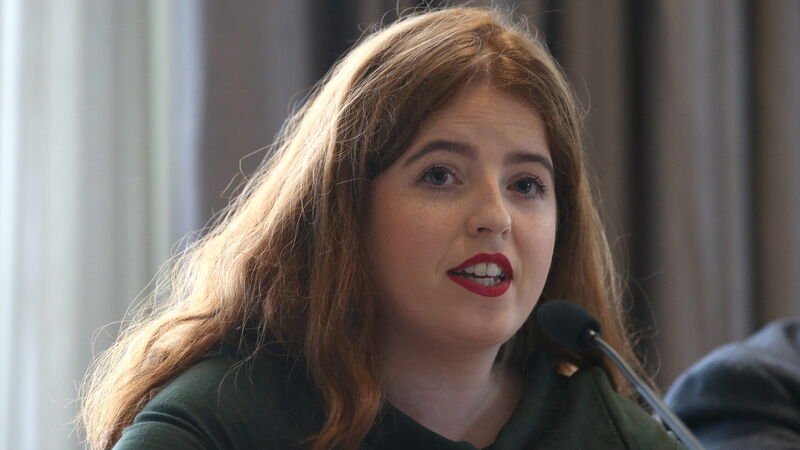Junior doctors threaten industrial action over HSE hiring freeze

The IMO's NCHD committee chair Dr Rachel McNamara said improvements in working conditions were not possible with this freeze in place. File picture: Stephen Collins/Collins Photos
Junior doctors have said they expect to ballot on industrial action next year against the hiring freeze across the HSE.
In a statement, the Irish Medical Organisation (IMO) said the hiring freeze was dangerous for patients.
Non-consultant hospital doctors (NCHDs), formerly known as junior doctors, have previously highlighted working shifts of up to 72 hours at a time, with doctors saying they felt “punch drunk” during long hours.
They say this freeze puts at risk an agreement signed with the HSE just 12 months ago to reduce those long working hours.
The IMO's NCHD committee chair Dr Rachel McNamara said improvements in working conditions were not possible with this freeze in place.
“The 2022 agreement was all about reducing pressure on NCHDs and making their working lives safer for them and for their patients,” she said.
“That will not be possible in the context of a recruitment freeze, which will prevent the HSE employing the extra NCHDs needed to tackle the huge workload facing these doctors.
These doctors face “unprecedented levels of burnout and work-related stress” she said, warning they were working in unsafe conditions.
“This is not sustainable and cannot be tolerated,” she said.
The ballot will be called in January if the recruitment freeze is not suspended, the IMO said.
This was considered at an extraordinary national meeting of NCHDs last Wednesday. Fears were expressed at the meeting the freeze would lead to even longer working hours, which the IMO said would be “both unsafe and illegal”.
They talked of not having enough doctors to cover shifts, which creates “dangerous conditions for patient care”, the union said.
Among their other concerns is not having enough staff to cover maternity leave, sick leave, educational leave or annual leave.
Last year, industrial action on foot of the long hours and unsafe working conditions was headed off by an agreement to address workforce shortages across all hospitals.
The IMO said: “The key to that agreement was increased numbers of NCHDs to reduce pressures on that group of doctors and allow for legal working hours and adequate rest periods.”
Under the agreement, these doctors should not work more than 48 hours a week on average over a three-month period, nor could they work more than 10 consecutive days without adequate rest or provision for compensatory rest or additional pay.
Work shifts of over 24 hours at a time should be eliminated.





